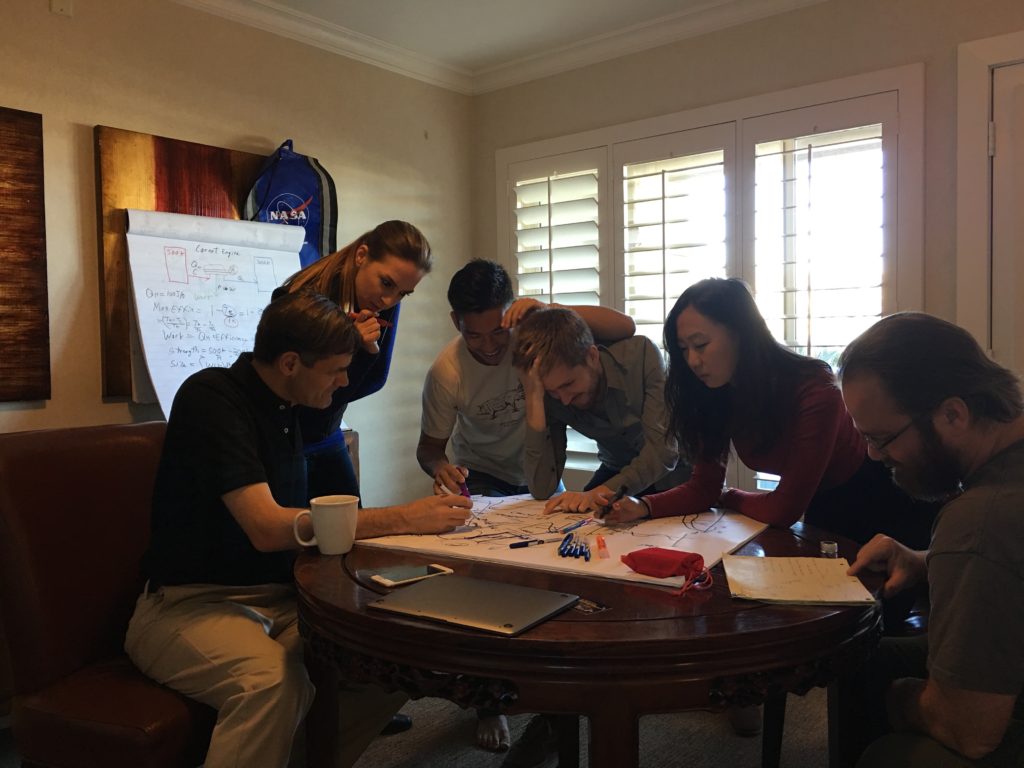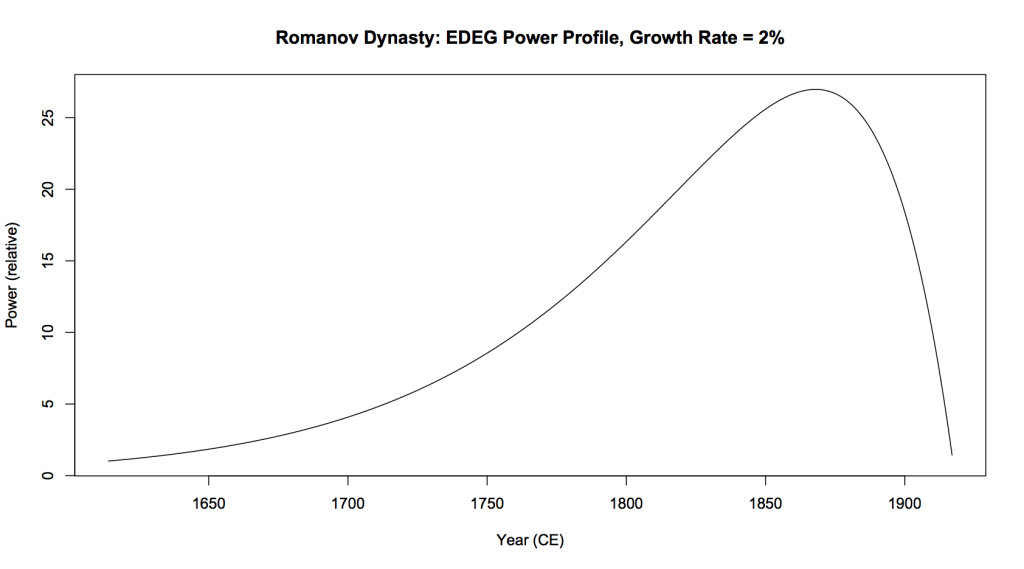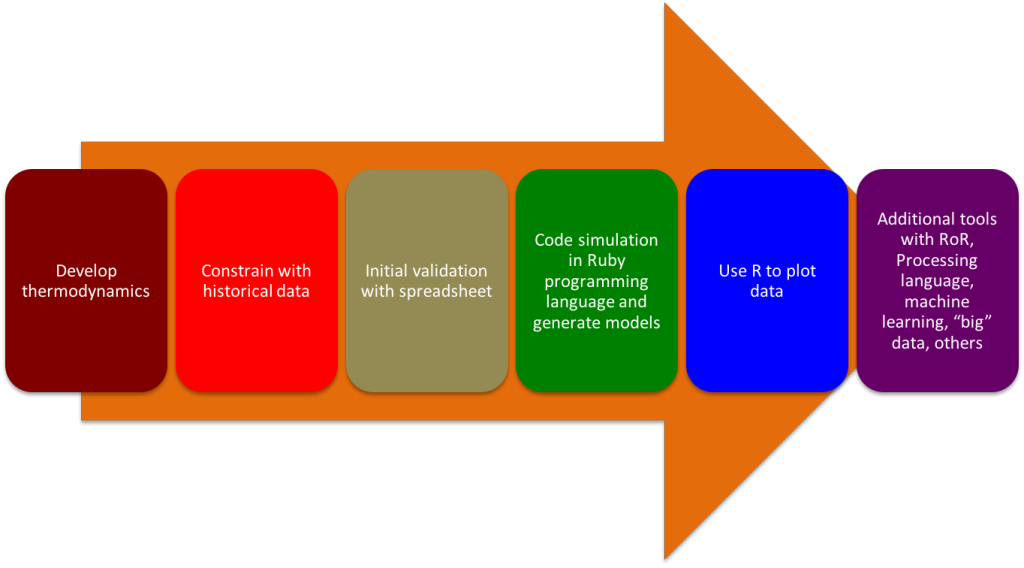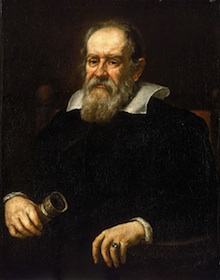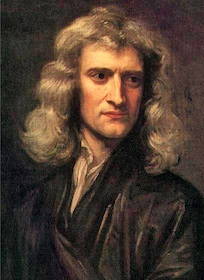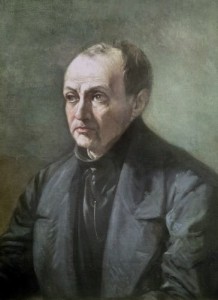It has been several months since the last update, but work has been continuing in several areas.
Research
HistoryQuant continues to conduct research in the following areas.
- Several forms of differential equations have been developed for efficiency discounted exponential growth (EDEG). Although some of these equations are not be directly solvable, they are be iteratively processed by computer programs, so results can still be determined.
- Am improved EDEG model has been produced to model mining region production and applied to a revised model for the Colorado San Juans mining region.
- Colossus Model of World History: a computer simulation using an EDEG approach has been further developed to model major dynasties during 1600 BCE to 1917 CE. Additional dynasties have been added. The timing of the dynasties is still highly empirical, but the rise and fall are based upon growth discounted by a linear discount function.
- Microeconomics is being expressed in thermodynamic terms. This will help better analyze dynasties and economic bubbles.
- Other areas of research are underway, and will be reported when further results are available. They include: 1) production-consumption functions for exhaustible resources, 2) transitions from exhaustible resource economies to renewable resource economies, and 3) Dynasty structure
Community and Winter Institute
- The development of a science of history and society was presented and discussed extensively at a Winter Institute in January-February 2016 with sessions in Florida and California, in part, to discuss key aspects of developing a science of history. The Big Sustainability Institute was formed as a result of those discussions to apply the results of HistoryQuant work to sustainability challenges.
- If you wish to be added to the Big Sustainability announcement list, please email mpaciotola at gmail dot com
Conference Presentation
- A case study based upon an efficiency-discounted exponential growth model for the Colorado San Juans mining region was updated and presented at the Richard Robinson Business History Workshop 2016: “Business and Environment in History: Dealing in Nature and Ecology, Pasts and Futures” at Portland State University in April.
